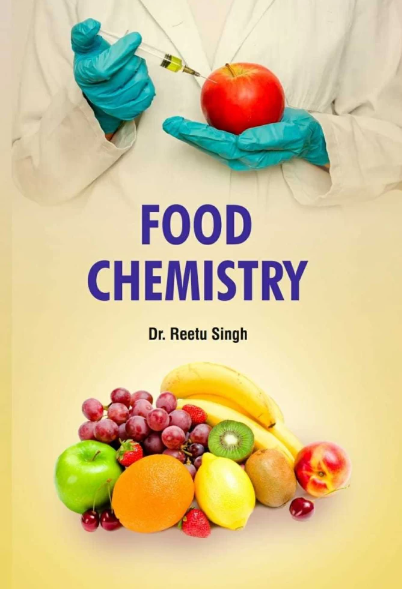Development of superhydrophobic jute for food grain storage applications
IF 8.5
1区 农林科学
Q1 CHEMISTRY, APPLIED
引用次数: 0
Abstract
Jute is one of the most abundant, biodegradable, inexpensive, and renewable natural fibers. It is primarily used to store grains. Jute exhibits superior mechanical strength, but its affinity for water remains a significant weakness. The moisture absorption in extremely humid environment shortens the shelf life of the grains stored in the jute bags or degrades their quality. To address this issue, the present work relates to developing superhydrophobic jute inspired by nature, such as the lotus leaf. A surface must have synergetic roughness and low surface energy for exhibiting superhydrophobicity. In present work, the coating was prepared in two stages. The jute was initially treated with an alkaline solution. The alkali-treated surface was then sprayed with a silane coating solution to create a superhydrophobic jute. In addition, efforts were made to make the coating accessible without further heat treatment. The modified jute had a water contact angle (WCA) of approximately ∼163 ± 50. In addition, the prepared surface possesses outstanding characteristics such as coating durability and high water repellency. Despite these properties, the coated jute retained the same tensile strength as the original one. The water absorption ability of uncoated and coated jute was calculated at about 3 % and 500 %, respectively. For 45 days grain storage experiment, the coated jute bag containing wheat grain's moisture content was evaluated at 12.7 %, whereas 20.3 % for the uncoated jute bag. For the grain's safety, the leached OTS amount was evaluated about 0.4 mg/dm2, which is less than the permissible limit (10 mg/dm2). Therefore, the coated jute has proven to be an effective solution for reducing airborne moisture in grains.

粮仓用超疏水黄麻的研制
黄麻是最丰富的、可生物降解的、廉价的、可再生的天然纤维之一。它主要用来储存谷物。黄麻具有优越的机械强度,但其对水的亲和力仍然是一个显着的弱点。极端潮湿环境下的吸湿会使黄麻袋装谷物的保质期缩短或品质下降。为了解决这一问题,目前的工作涉及到开发超疏水黄麻的自然灵感,如荷叶。表面必须具有协同粗糙度和低表面能才能表现出超疏水性。在本工作中,涂层的制备分为两个阶段。黄麻最初用碱性溶液处理。碱处理后的表面喷上硅烷涂层溶液,形成超疏水黄麻。此外,还努力使涂层无需进一步热处理即可使用。改性黄麻的水接触角(WCA)约为~163 ± 50。此外,制备的表面具有涂层耐久性和高拒水性等突出特性。尽管有这些特性,涂布后的黄麻与原来的黄麻保持相同的抗拉强度。经计算,未涂覆黄麻和涂覆黄麻的吸水率分别约为3 %和500 %。在45 d贮藏试验中,包衣黄麻袋小麦籽粒含水率为12.7 %,未包衣黄麻袋小麦籽粒含水率为20.3 %。从粮食的安全性角度看,浸出的OTS量约为0.4 mg/dm2,低于允许限量(10 mg/dm2)。因此,涂层黄麻已被证明是一种有效的解决方案,以减少空气中的水分在谷物。
本文章由计算机程序翻译,如有差异,请以英文原文为准。
求助全文
约1分钟内获得全文
求助全文
来源期刊

Food Chemistry
工程技术-食品科技
CiteScore
16.30
自引率
10.20%
发文量
3130
审稿时长
122 days
期刊介绍:
Food Chemistry publishes original research papers dealing with the advancement of the chemistry and biochemistry of foods or the analytical methods/ approach used. All papers should focus on the novelty of the research carried out.
 求助内容:
求助内容: 应助结果提醒方式:
应助结果提醒方式:


